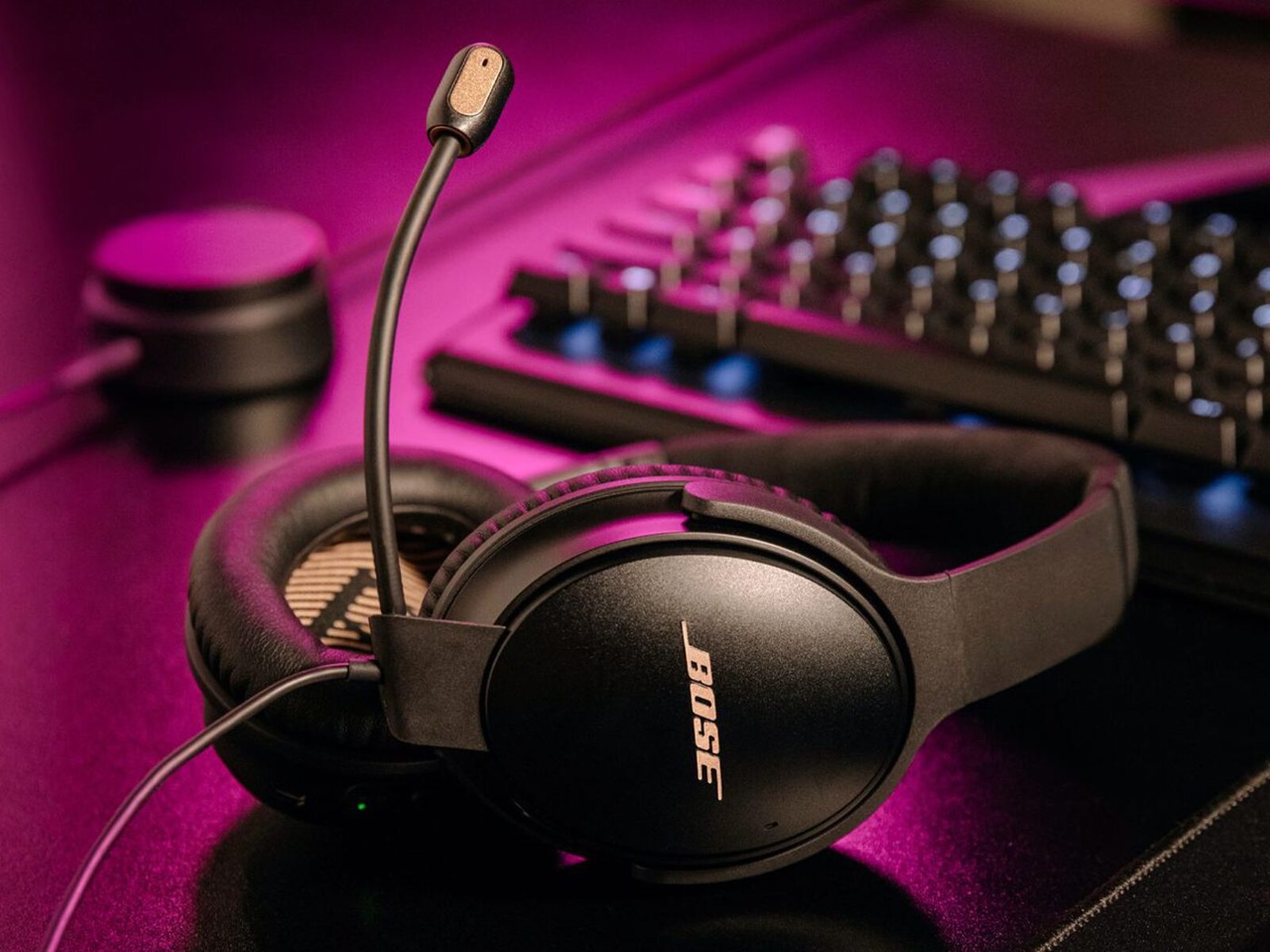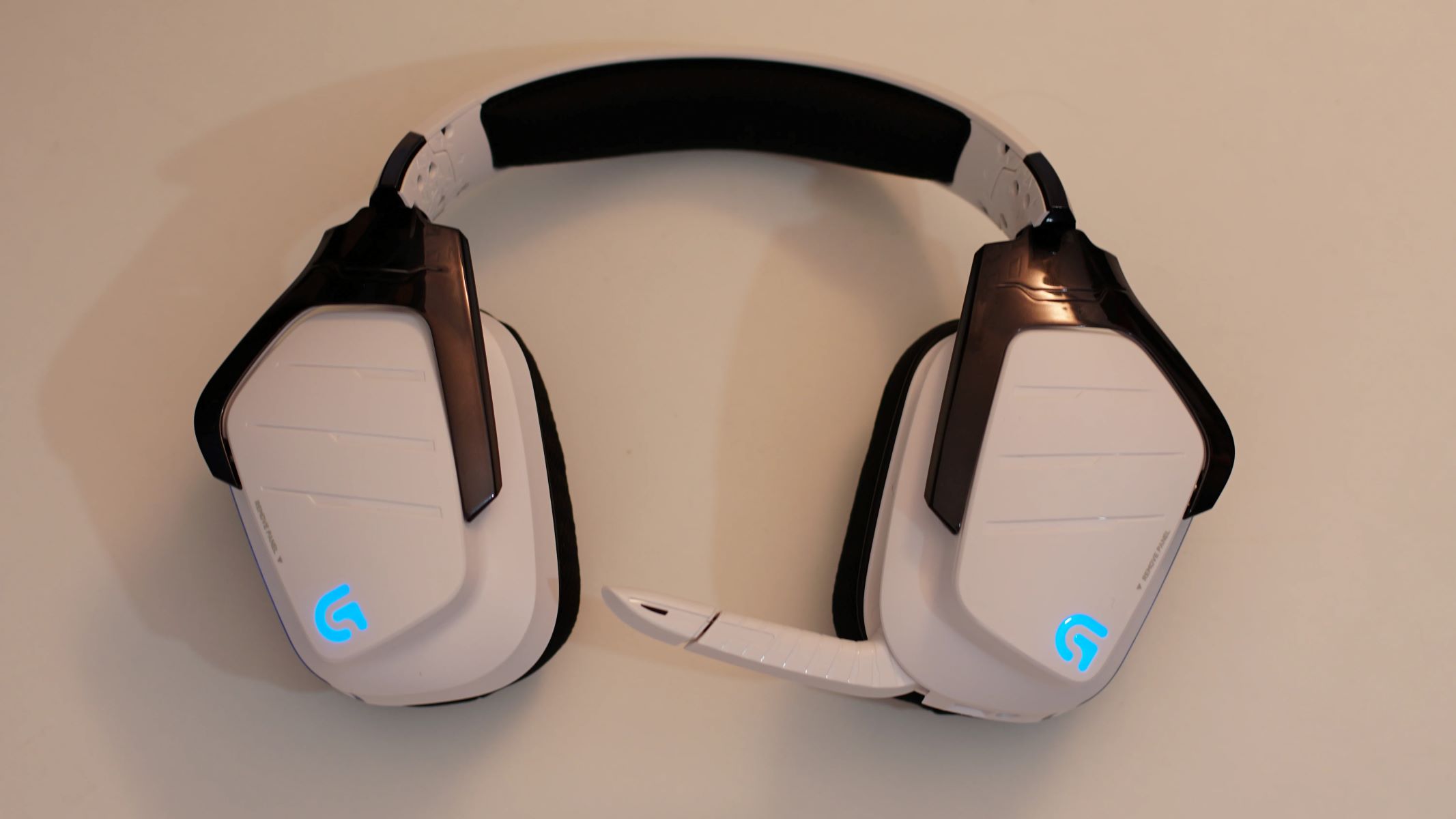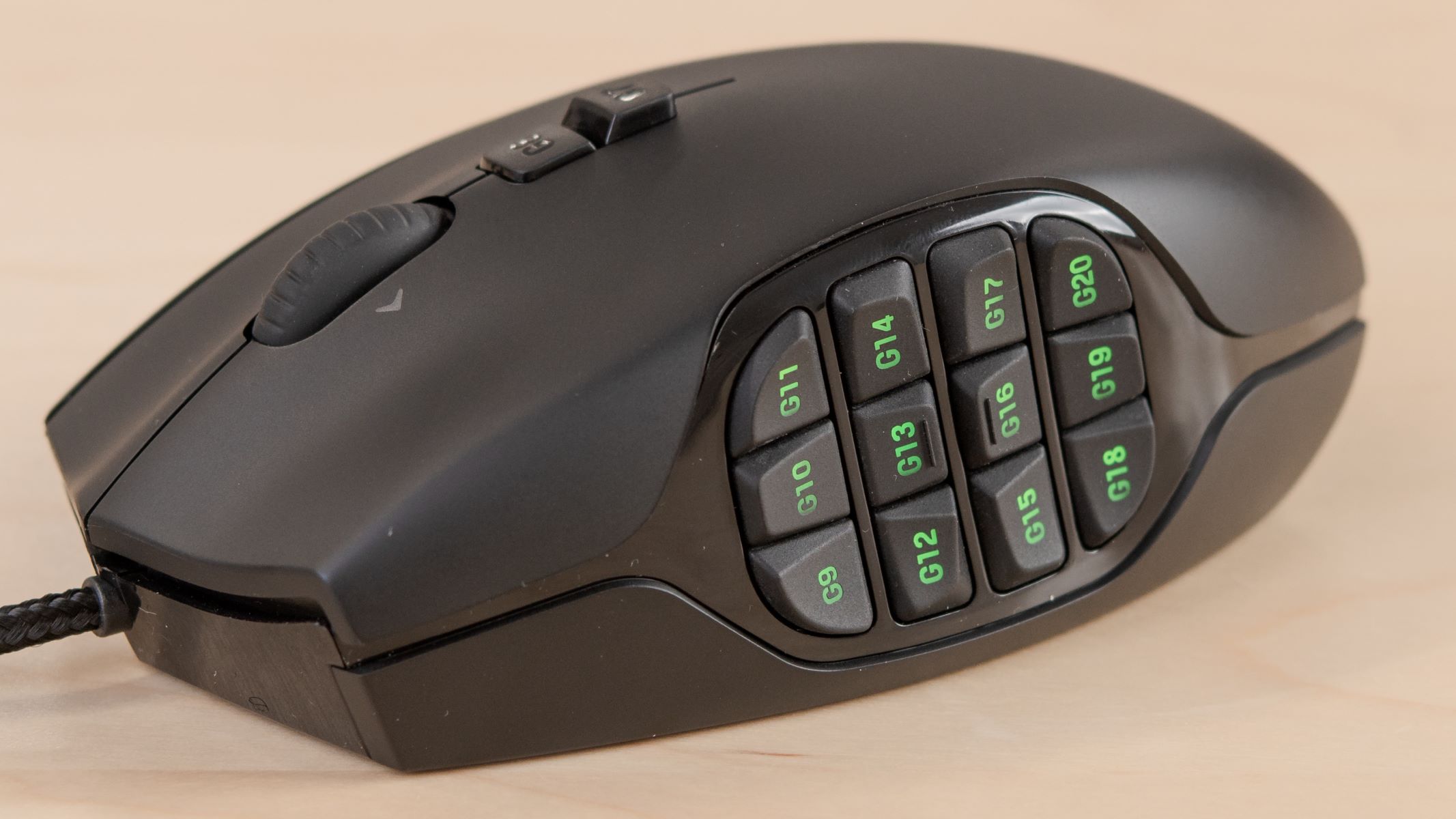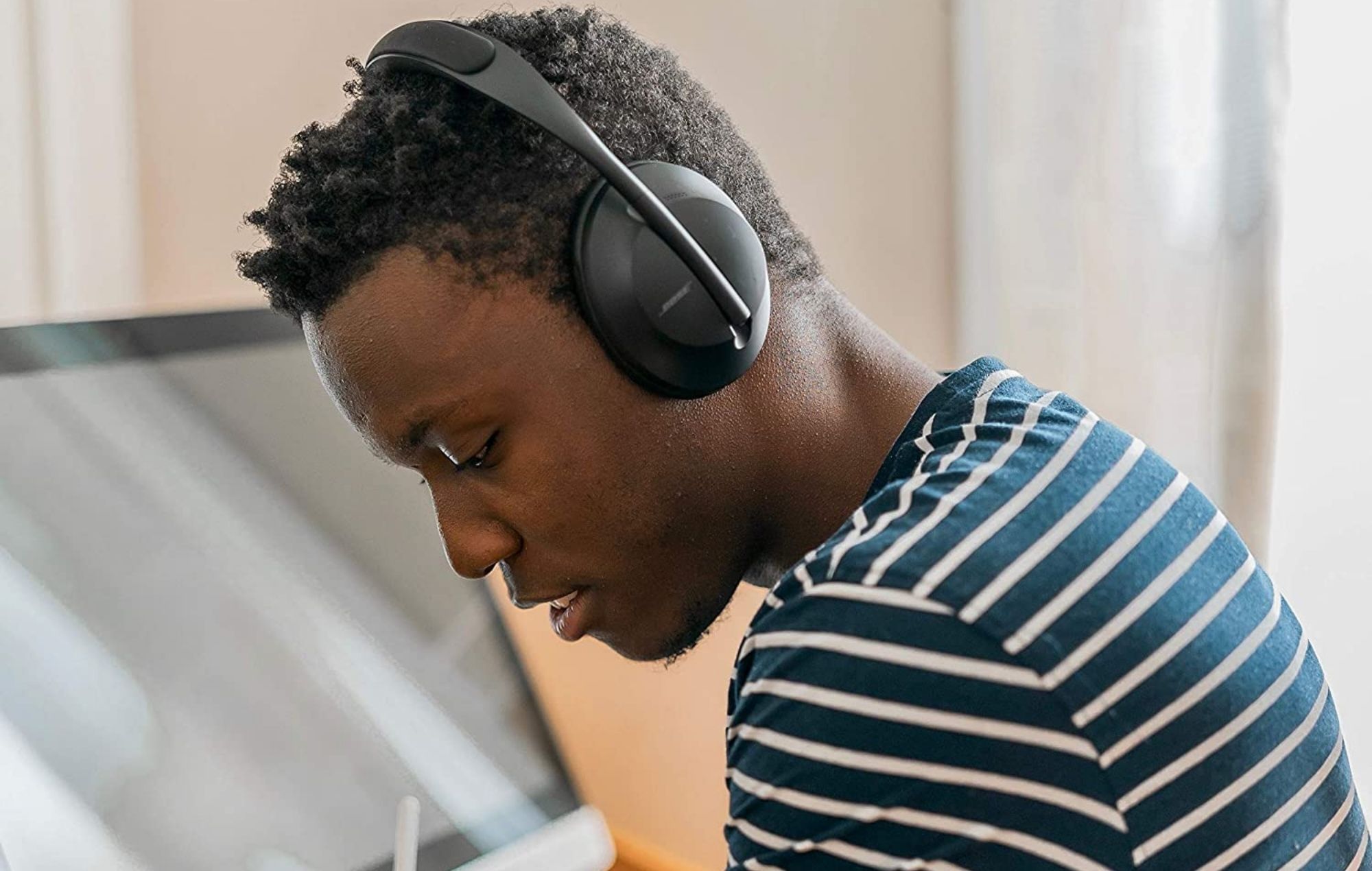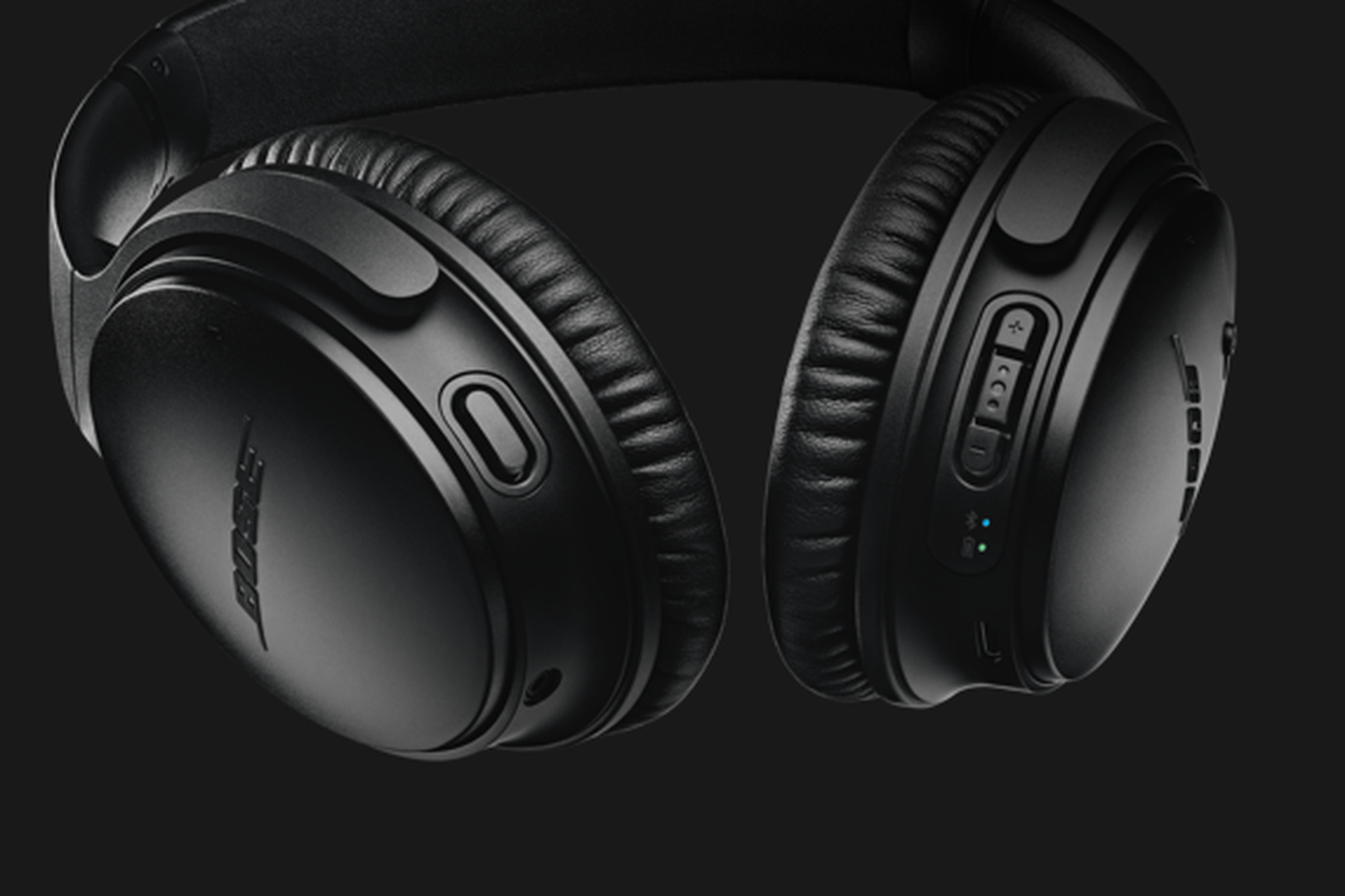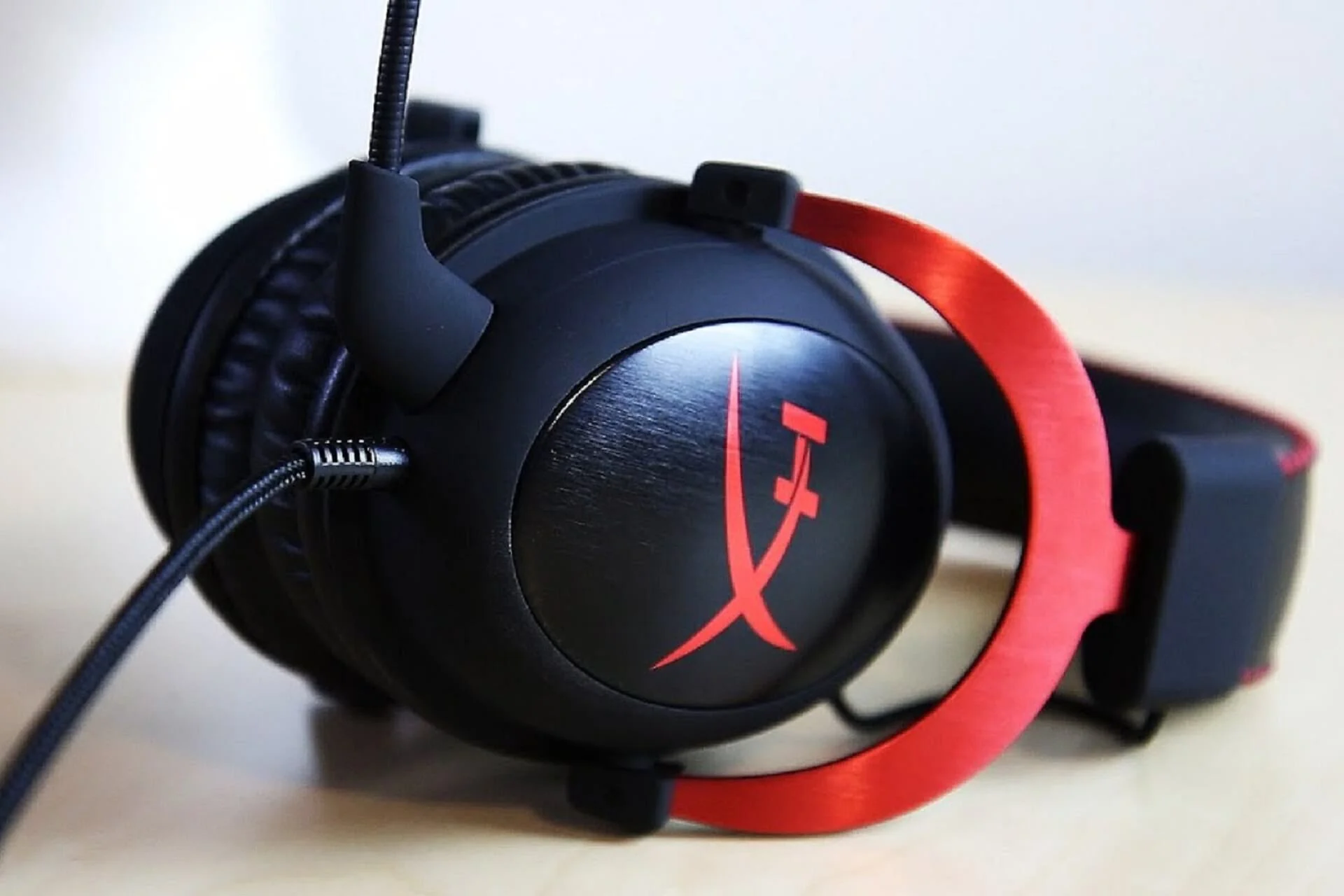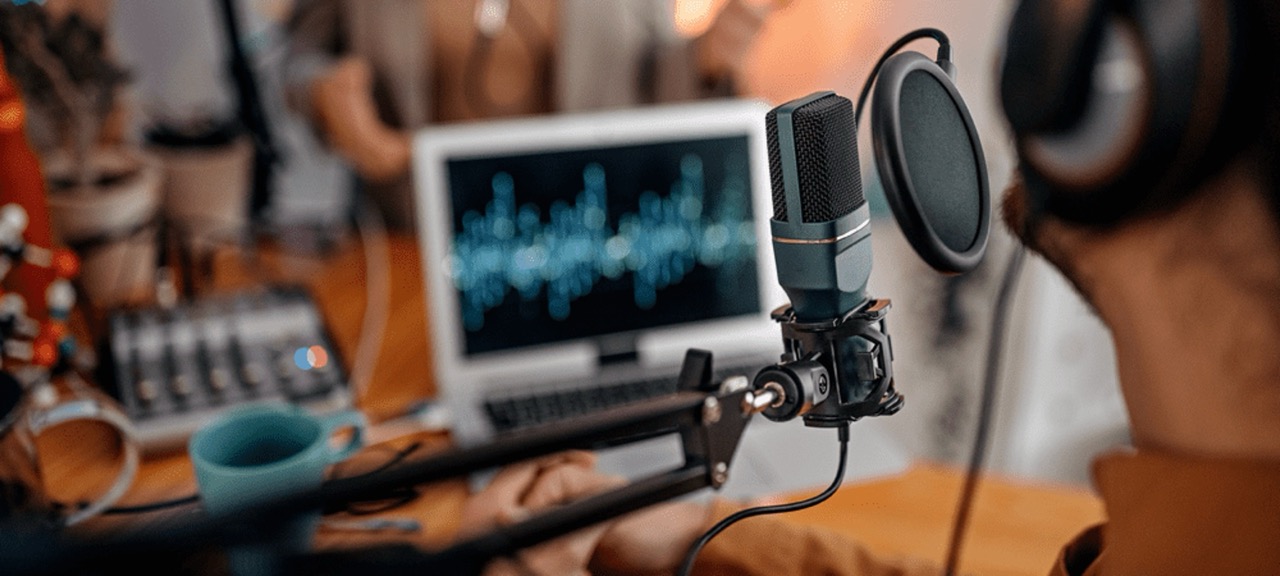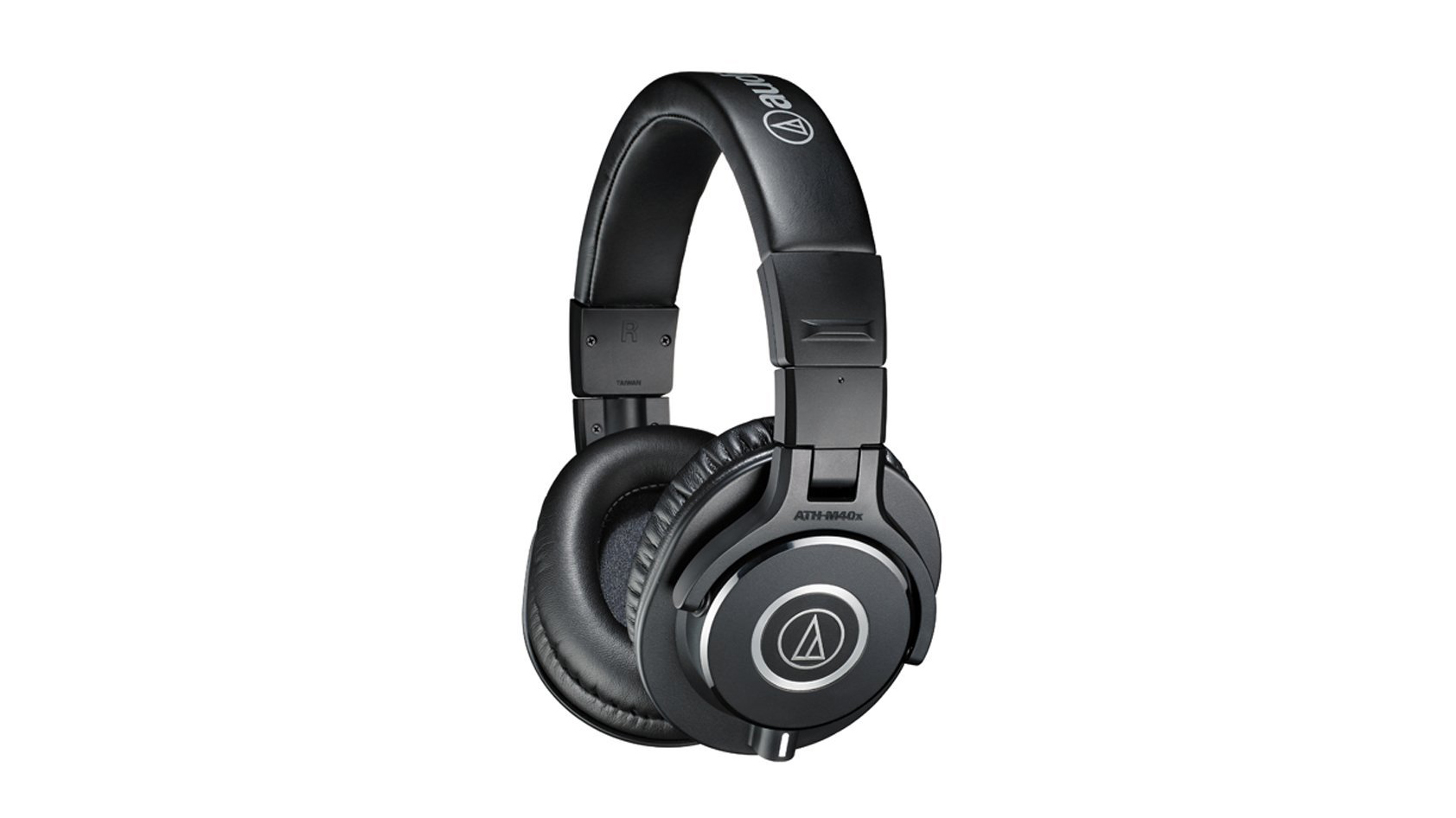Introduction
Introduction
Are you experiencing issues with your gaming headset being too quiet? It can be frustrating when you're trying to immerse yourself in a game, only to find that the sound quality is lacking. There are several factors that could contribute to this problem, ranging from simple issues like dirty ear cups to more complex hardware or software issues. In this article, we will explore the potential reasons why your gaming headset is quiet and provide solutions to help you troubleshoot and resolve the issue.
A gaming headset is an essential accessory for any avid gamer, as it provides immersive audio that enhances the overall gaming experience. However, when the sound output is unexpectedly low, it can significantly diminish the enjoyment and impact of the game. Understanding the possible causes of this problem and knowing how to address them can make a world of difference in restoring the optimal performance of your gaming headset.
In the following sections, we will delve into various factors that may be contributing to the quietness of your gaming headset. From simple fixes like cleaning the ear cups to more technical solutions involving software and hardware adjustments, we will cover a range of potential issues and their respective remedies. By the end of this article, you should have a clearer understanding of why your gaming headset is quiet and be equipped with actionable steps to rectify the issue. Let's dive into the troubleshooting process to ensure that you can fully enjoy the immersive audio experience that your gaming headset is designed to provide.
Dirty or Blocked Ear Cups
Dirty or Blocked Ear Cups
One common reason for a gaming headset to sound quiet is the accumulation of dirt, debris, or earwax in the ear cups. Over time, these substances can build up and obstruct the audio output, resulting in reduced volume and muffled sound quality. To address this issue, it is essential to regularly clean your gaming headset's ear cups to ensure optimal performance.
Begin by removing the ear cups from your headset, following the manufacturer's instructions if necessary. Inspect the ear cups for any visible dirt, dust, or blockages, and gently clean them using a soft, dry cloth or a cotton swab. Avoid using liquid cleaners or abrasive materials, as these could damage the delicate components of the ear cups. Additionally, check for any accumulated earwax, especially if you share the headset with others, and carefully remove it to improve the sound transmission.
Furthermore, if your gaming headset features removable ear pads, consider washing them according to the manufacturer's guidelines. This can help eliminate any trapped dirt or oils that might be dampening the sound. Once the ear cups and pads are thoroughly cleaned and dried, reassemble the headset and test the audio output to see if the quietness issue has been resolved.
Regular maintenance of your gaming headset, including keeping the ear cups clean and free from obstructions, can significantly impact the overall sound quality. By addressing this simple yet crucial aspect, you can ensure that your headset delivers the immersive audio experience that enhances your gaming adventures.
Low Volume Settings
Low Volume Settings
Another common reason for a gaming headset to sound quiet is inadvertently set low volume levels. This can occur due to various factors, such as accidental adjustments, system updates, or changes in audio settings. To address this issue, it is important to thoroughly check and adjust the volume settings across different platforms and devices to ensure that the output levels are optimized for your gaming headset.
Begin by examining the volume controls on your gaming headset itself. Some headsets feature in-line volume controls or dials that may have been inadvertently set to low levels. Adjust these controls to increase the volume output and see if it makes a difference in the sound quality. Additionally, ensure that the headset is securely connected to the audio source, whether it’s a gaming console, computer, or mobile device, as loose connections can also impact the volume levels.
Next, check the volume settings on the device or platform you are using with your gaming headset. For example, on a Windows PC, right-click the volume icon in the system tray, select “Open Volume Mixer,” and verify that the volume levels for the specific applications or games are appropriately adjusted. Similarly, on gaming consoles, navigate to the audio settings and confirm that the output levels are optimized for headset use.
If you are using voice chat or communication software while gaming, such as Discord or TeamSpeak, ensure that the input and output volume settings within the application are configured correctly. Sometimes, these applications can override system settings and impact the overall volume levels, so it’s important to verify and adjust these settings as needed.
By meticulously reviewing and adjusting the volume settings on both the headset and the connected devices, you can potentially resolve the quietness issue and restore the optimal audio output of your gaming headset. Taking a systematic approach to troubleshooting the volume settings can lead to a significant improvement in the overall sound quality, enhancing your gaming experience.
Software or Driver Issues
Software or Driver Issues
Software or driver-related issues can also contribute to the quietness of a gaming headset. Outdated or malfunctioning audio drivers, incompatible software configurations, and system updates can all impact the performance of the headset’s audio output. Resolving these issues often involves updating drivers, adjusting software settings, and ensuring compatibility with the gaming platform or applications being used.
First, it is essential to check for any available updates for the audio drivers on your computer or gaming console. Manufacturers frequently release driver updates to improve compatibility and address audio-related issues. Visit the official website of the headset’s manufacturer or the device’s manufacturer to download and install the latest audio drivers. After updating the drivers, restart the system and test the headset to see if the volume levels have improved.
Additionally, review the audio settings within the operating system or gaming platform. Ensure that the default audio output device is set to the gaming headset and that the appropriate audio enhancements or equalizer settings are configured to optimize the sound output. Some platforms, such as Windows, offer audio troubleshooting tools that can automatically detect and resolve common audio issues, including low volume levels.
If you use third-party audio management software, such as Realtek HD Audio Manager or Nahimic, check the settings within these applications to verify that they are not inadvertently affecting the headset’s volume levels. Adjust any audio enhancements or effects to ensure that they complement the headset’s performance rather than dampen the sound output.
Compatibility issues with specific games or applications can also impact the headset’s volume levels. Check for any available updates or patches for the games you are playing, as developers often release fixes for audio-related issues. Additionally, forums and community discussions can provide insights into potential software conflicts or compatibility issues that may be causing the quietness of your gaming headset.
By addressing software and driver-related issues, you can potentially resolve the quietness problem and restore the optimal audio output of your gaming headset. Staying proactive in keeping drivers updated and ensuring software compatibility can significantly enhance the overall sound quality, enabling you to fully immerse yourself in your gaming experiences.
Hardware Problems
When troubleshooting a quiet gaming headset, it’s crucial to consider potential hardware-related issues that may be affecting the audio output. Hardware problems can range from defective components to physical damage, and addressing these issues may require careful inspection, maintenance, or even replacement of certain headset components.
One common hardware issue that can impact a headset’s volume levels is a faulty audio cable or connection. Inspect the cable for any visible damage, such as fraying or kinks, and ensure that it is securely plugged into the audio source. If the cable shows signs of wear and tear, consider replacing it with a new cable compatible with your headset to see if it resolves the quietness problem.
Furthermore, if your gaming headset features a detachable microphone, verify that the connection points are clean and free from debris. A loose or dirty connection can interfere with the audio output, affecting the overall volume and sound quality. Gently clean the connection points with a soft, dry cloth and reattach the microphone securely to see if it improves the headset’s audio performance.
In some cases, internal components of the headset, such as the speakers or audio drivers, may be experiencing issues that impact the volume levels. While addressing these internal components may require technical expertise, contacting the headset’s manufacturer or seeking assistance from a certified technician can help diagnose and resolve these hardware-related issues.
If your gaming headset is powered by batteries or features a rechargeable battery, ensure that the power source is adequately charged. Low battery levels can lead to reduced volume output and may contribute to the quietness of the headset. Recharge or replace the batteries as needed and test the headset to see if the volume levels have improved.
Finally, if you have recently dropped or mishandled your gaming headset, physical damage to the internal components may be the cause of the quiet audio output. In such cases, contacting the manufacturer for repair options or seeking professional assistance can help assess and address any hardware-related issues that may be affecting the headset’s performance.
By considering and addressing potential hardware problems, you can take proactive steps to identify and resolve the quietness issue with your gaming headset. Whether it involves inspecting connections, replacing cables, or seeking professional assistance for internal components, addressing hardware-related issues can significantly impact the headset’s audio performance.
Conclusion
Addressing the issue of a quiet gaming headset requires a systematic approach that encompasses various potential factors contributing to the diminished audio output. By exploring the common culprits behind quietness and implementing targeted solutions, you can restore the optimal sound quality of your gaming headset and fully immerse yourself in the audio-rich environments of your favorite games.
From addressing simple issues like dirty or blocked ear cups to troubleshooting more complex software, driver, or hardware-related problems, the process of identifying and resolving the quietness of a gaming headset involves meticulous attention to detail and proactive maintenance. Regular cleaning and maintenance of the headset’s components, including ear cups, cables, and connections, can significantly impact the overall sound quality and volume levels.
Furthermore, staying vigilant about volume settings across devices and platforms, ensuring compatibility with software and games, and keeping audio drivers updated are essential steps in maintaining the optimal performance of your gaming headset. By taking a proactive approach to troubleshooting and addressing potential issues, you can enjoy a consistently immersive and high-quality audio experience during your gaming sessions.
It’s important to recognize that the quietness of a gaming headset can stem from a combination of factors, and resolving the issue may involve a blend of simple maintenance tasks and more technical adjustments. By familiarizing yourself with the troubleshooting process outlined in this article and applying the recommended solutions, you can overcome the challenge of a quiet gaming headset and elevate your gaming experience through enhanced audio immersion.
Ultimately, the journey to address a quiet gaming headset is a rewarding endeavor that empowers you to optimize the performance of your audio equipment and fully embrace the captivating soundscapes of the gaming world. Armed with the insights and solutions provided in this article, you are well-equipped to troubleshoot and resolve the quietness issue, ensuring that your gaming headset delivers the immersive audio experience it was designed to provide.







